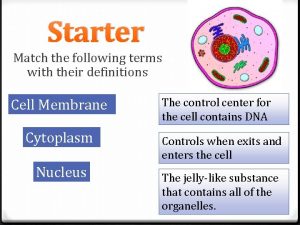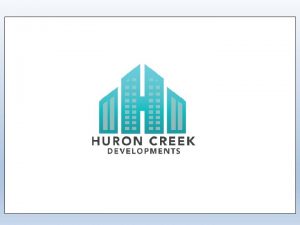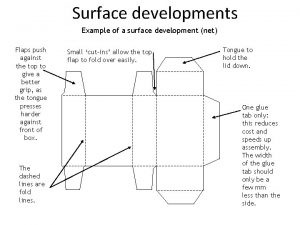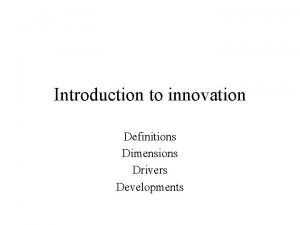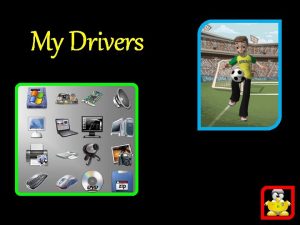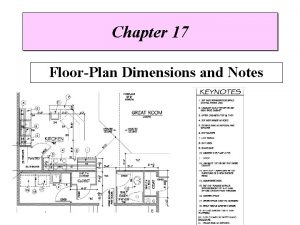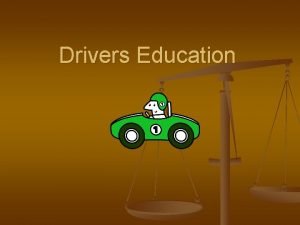Introduction to innovation Definitions Dimensions Drivers Developments What












- Slides: 12

Introduction to innovation Definitions Dimensions Drivers Developments

What is innovation? n n Innovation is the process and outcome of creating something new, which is also of value. Innovation involves the whole process from opportunity identification, ideation or invention to development, prototyping, production marketing and sales, while entrepreneurship only needs to involve commercialization (Schumpeter).

Definitions n n n Innovation = Invention + exploitation (Ettlie) A new way of doing things, which is commercialized. The process of innovation cannot be separated from a firm’s strategic and competetive context (Porter) Adoption of ideas that are new to the adopting organization

What is innovation? n n Today it is also said to involve the capacity to adapt quickly by adopting new innovations (products, processes, strategies, organization, etc) Traditionally the focus has been on new products or processes, but recently new business models have come into focus, i. e. the way a firm delivers value and secures profits.

What is innovation? n Schumpeter argued that innovation comes about through new combinations made by an entrepreneur, resulting in n n a new product, a new process, opening of new market, new way of organizing the business new sources of supply

Mechanisms of innovation n n n n Novelty in product or service (offering something no one else does) Novelty in process (offering it in a new way) Complexity (offer something which others find difficult to master) Timing (first mover advantage, fast follower) Add/extend competetive factors (e. g. From price to quality or choice) Robust design (contribute a platform on which other variations can build) Reconfiguring the parts (building more effective business networks). . .

Dimensions of innovation n n n n Extent of change (radical—incremental) Modality of change (product—process) Complexity of change (component—architecture) Materiality of change (physical—intangible) Capabilities and change (enhances or destroys market/technological capabilties) Relatedness of change (replaces a firm’s existing product or extends it) Appropriability/Imitability (difficult or hard to hang on to) Cycle of innovation (time between discontinuities)

Drivers for innovation n n Financial pressures to reduce costs, increase efficiency, do more with less, etc Increased competition Shorter product life cycles Value migration Stricter regulation Industry and community needs for sustainable development Increased demend for accountability Demographic, social and maket changes Rising customer expectations regarding service and quality Changing economy Greater availability of potentially useful technologies coupled with a need to exceed the competition in these technologies

Assessing Innovation complexity Dimensions and degrees of innovation Technology newness Market newness Time to implement Complexity Risk

Examples of analysis Imitability High Low No profits Low Shortterm profits Long-term profits High Core or (relatedness) to existing business and competences

Classical models of innovation n Science Push approaches suggest that innovation proceeds linearly: Scientific discovery invention manufacturing marketing n Demand Pull approaches argued that innovation originates with unmet customer need: Customer suggestions invention manufacturing

Today’s basic model for innovation management is interactive Technological world Tech-entrepreneurship + Commercial world Administrative capabilities = Research Development Product/process development Market development
 Mysite.socccd
Mysite.socccd Disruptive and radical innovation
Disruptive and radical innovation Match the terms with their definitions
Match the terms with their definitions Recent developments in ict
Recent developments in ict Recent developments in object detection
Recent developments in object detection Cultural developments of sahelanthropus tchadensis
Cultural developments of sahelanthropus tchadensis Peter rosenwald
Peter rosenwald Political developments in the early republic
Political developments in the early republic Huron creek developments
Huron creek developments Political developments in the early republic
Political developments in the early republic What is surface development
What is surface development Gte milano
Gte milano In the colonial era developments such as the new england
In the colonial era developments such as the new england


